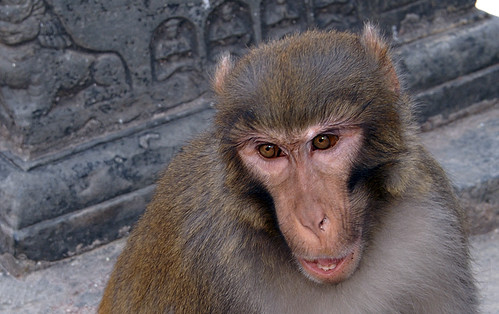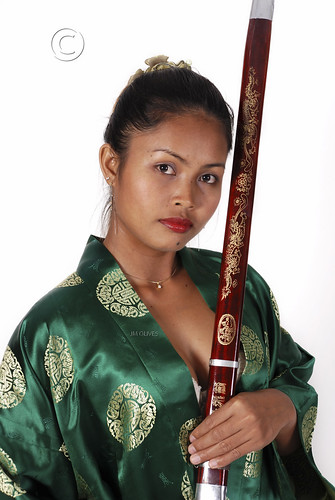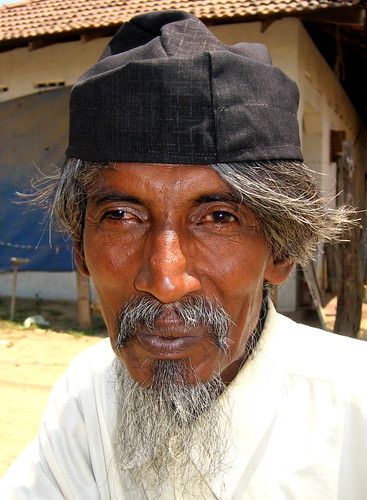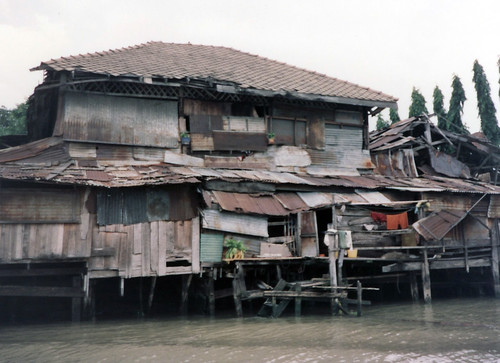The morning after their battle on the dirty side of Mekan, Tetsukichi, Beatriss, and Al-Fitar were nursing their wounds, and eating a late breakfast at The Nice Inn, when who should walk in the door but Golfo’s wife Phi Phong. She was very happy to see them and at the same time very distraught.
Golfo had been captured or killed or had been captured and was about to be killed.
She explained what regular readers already know—not long after they left Quitokai in resumption of their mission to find Gwinch, Goyat, and Kawabi, she and Golfo, along with Tsao Ho and the other monks were ambushed by a large group of men, led by a flying sorcerer in yellow robes. Their brave guides had assisted Phi Phong in escaping their assailants, but when she rejoined Tsao Ho and his monks, Golfo was not among them. Two monks had fallen as well and Tsao Ho refused to risk their mission to go back and try to find them.
When it was time to make camp, Phi Phong convinced one of the guides to help her go back and look for Golfo. At the site of the ambush, they found the dead bodies of the monks, but no sign of Golfo. Phi Phong and the guide returned to Quitokai. Some people there knew of Golthar, the flying sorcerer in the yellow robes, that he was in league with the slavers, and that he may well captured Golfo alive, whether to interrogate him or send him to a mine, or for some other evil purpose. They knew that Golthat lived at an ancient citadel known as Xi Ta Qa, but they didn’t know where it was. Phi Phong decided to go to Menkan, both with the hopes of meeting Tetsukichi and enlisting his aid in rescuing his cousin and with the object of finding someone who knew something more about Xi Ta Qa.
Tetsukichi and Beatriss were interested in helping. And they recounted the story of their encounter with Golthat the previous night. They made a plan to return to the scene of last night’s battle, hoping Golfo might be found there.
But first, they were injured, and needed healing. They visited several temples on the north side of Menkan and received some small measure of expert care for their injuries. They also asked various priests if they had heard of Xi Ta Qa, and received a few blank looks and a few vague answers (“in the mountains.”) And when they returned to The Nice Inn, they found a self-styled holy man waiting for them: “I have heard that you are looking for Xi Ta Qa.”
The holy man, who was named Xīngqíliù , said that he knew the exact location of Xi Ta Qa, and that he, with his six brothers, would take them there. “But I will want a favor from you in return. And horses.” Xīngqíliù also agreed, for the price of 30 taels, to accompany them in their return to Golthar’s hideout in Menkan.
When they returned to the dingy neighborhood in the vicinity of the south end of the wharf, they found a crowd of people milling in the alleyway in a state of restrained excitement. The people’s stares seemed less hostile and they gave the party space to pass. Beatriss knocked on the door of the gate, demanding Golfo. “Go away. He’s not here,” said the people inside. There was a woman’s voice among them, probably that of the woman in black robes.
After some argument, the party barged in. Besides the woman in the black robes, there were three men, one of them armed with Beatriss’s bow, which she’d dropped the night before. The woman fled while the men held the party at the gate—briefly.
After dispatching with the men, the party pursued the woman through the house and into the street. Here the party hesitated, but then, noting that the crowd was perhaps very subtly hindering her flight, continued the chase. People in the alleyways, with nods and half-glances guided Beatriss into the alley where she at last captured and killed the woman.
The party returned to the house, searched it, and found no sign of Golfo. They did however, recover a good bit of money.
Now it was time to make plans for Xi Ta Qa. Learning from Xīngqíliù that Xitaqa was on a cliff overlooking the Lam river, they decided not to buy horses, but instead to pay for everyone to go by boat. And so the next morning they set sail.













